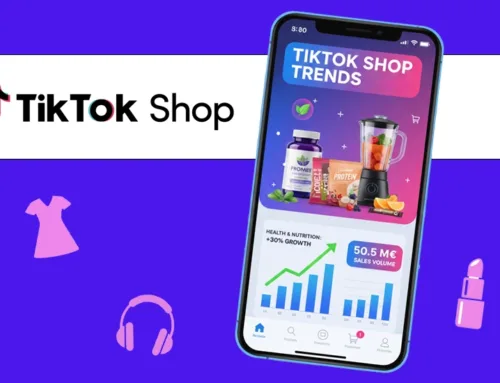In 2022, the affiliation market is in a very favorable position. There are more and more publishers on the market, more Internet users than ever before, and advertisers are responding. Affiliation now accounts for 5% of digital advertising, and is forecast to grow by 9% in 2021. All the signs are therefore green… And yet, many publishers are seeing a significant drop in their conversion rates and therefore in their commissions, calling their business model into question. There are three reasons for this: technical, legal and methodological. Solutions do exist. In particular, they involve a new commitment on the part of advertisers to long-term relationships with their partners.
Three sources of impact on affiliate commissions
Over the past few months, we’ve been talking to publishers on our affiliation platform, and we’ve noticed a certain unease. They’ve noticed a drop in their conversion rates, without really understanding the parameters that impact their commissions.
This decline is not due to a lesser performance on their part, but to the convergence of three factors that render invisible part of the traffic and sales they generate. A state of affairs that (re)highlights the central role of measurement in the relationship between advertisers and their partners.
Technical impact
Causes of impact
The tracking method used is the primary impact on publishers’ conversion rates. Third-party cookies, on which tracking solutions have relied for many years, are on the way out. They are already ignored by Safari (around 20% of Internet users), and will also be ignored by Chrome by 2023. Third-party cookies can also be blocked by Adblockers. As a result, some of the sales generated by affiliates are not taken into account.
The solution
For advertisers, switching to first-party or server-side cookies means they can continue to measure their activity accurately, and reward their partners fairly, so they can continue to count on them and prevent them from abandoning their affiliate campaigns in favor of other advertisers.
(For more details on these solutions, see our white paper: The challenges of web measurement)
Legal impact
Causes of impact
The legal context is the second element that induces strong consequences on publishers’ transformation rates. The application of the RGPD and the reinforcement of consent rules (Cnil) is contributing to making, here too, a portion of traffic and sales invisible. All publishers are affected, with the exception of cashback and reward sites, which are exempt from the obligation to collect consent (see the Cnil FAQ on cookies and other tracers). Also, depending on the level of consent to the installation of a cookie on the advertiser’s e-commerce site (80% on average), a proportion of sales are not tracked (around 20%).
The solution
Advertisers must compensate publishers for sales made but not tracked. This compensation must be adapted according to the rate of consent observed.
(To find out more, consult our white paper Les nouvelles lignes directrices de la Cnil)
Methodological impact
Causes of impact
With the rise in Google Ads CPCs over the past year, advertisers may be inclined to review their attribution methods to reduce costs. And, in this context, the temptation to use affiliation as an adjustment variable is never far away.
The solution
The implementation by advertisers of an attribution strategy that takes into account the different contributors to a sale is the only way to fairly remunerate publishers for their involvement.
(To find out more, read our article What is Attribution Marketing?)
Offer affiliates a stable business model
Once the reasons for the drop in conversion rates and affiliate commissions have been established, each player – advertiser, publisher and affiliate platform – has a role to play in implementing the best practices that will ensure the long-term future of a business model that has largely proved its worth.
The platforms
At the heart of the advertiser-publisher relationship, affiliation platforms have a mission to provide information and support in the implementation of solutions. At Effinity, we’ve been working hard for several months to inform advertisers and publishers alike about this new context and the measures they need to take to cope with it. With tangible results, since to date, almost 60% of our customers have switched to Cookie First-Party and almost 10% are using Server Side technology.
Advertisers
Advertisers have a major role to play. They can intervene in all the parameters that impact affiliate commissions. They are the ones who have control over the implementation of Cookie First-party or Server Side solutions, as well as over the compensation of sales for which consent has not been obtained, and over attribution practices.
Publishers
Publishers need to be in a position to better understand the context of the advertisers whose campaigns they relay. This will enable them to tailor their commissions to the elements that impact the sales they generate.
In this necessary evolution of the relationship between advertisers, platforms and publishers, all are ultimately pursuing the same objective: to ensure the durability of an economic model that has always been able to renew itself and welcome new players, just as the media has done with content commerce. The strength and relevance of affiliation has always been its ability to bring together a network of partners. And it’s always a good idea to look after your partners.
Mis à jour le 30 April 2025
Mis à jour le 30 April 2025




